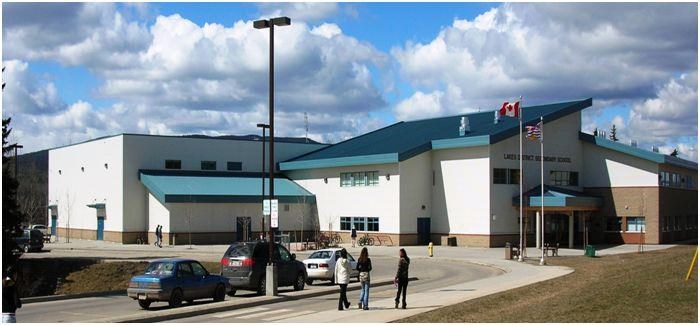The Canadian Council on Learning suggested in a report that while rural-urban differences in education can be found in many developed countries around the world, Canada has one of the most significant rural-urban gaps with respect to levels of education in the workforce.
A significant problem that contributes to the gap and one that differentiates urban and rural educational opportunity is that it is difficult for small rural schools to attract and retain qualified teaching staff.
Even teacher-training students nearing graduation often express a preference to wait for an opportunity in an urban school district rather than take a job in a rural district. Because of hiring requirements and seniority lists in many teacher contracts, once he or she leaves an urban area for a rural job, it is difficult for a young teacher to get back into an urban district.
It is that kind of thing that poses problems for governments seeking to establish equality of educational opportunity throughout a province.
There are certainly lessons to be learned about the consequences of an urban/rural gap from November’s U.S. midterm election, which did more than effect a change in the political power base.
That ideological divide between urban and rural voters goes beyond the political and geographic; it is sociological and economic. According to the Brookings Institution, the “think tank” most frequently cited by the U.S. media and politicians, the gap is also educational.
A Brookings posting in November about how the U.S. midterm elections results emerged partly from American education policy stated: “Nationwide, education was not a top issue for many voters on Election Day — far from it. Rural schools are America’s forgotten educational institutions.”
The Brookings Institution also suggests that over the past decade, America has focused resources and opportunities in education more for urban areas, with little attention to rural poverty and the lack of learning opportunities for poor students in these areas across America.
About one-third of all public elementary and secondary schools are in U.S. rural communities, while the power-holders and influencers live in the big cities. That’s where the money and focus have shifted in the past few decades.
An article in the New York Times by Emily Badger quotes a May 2018 Pew Research report that confirms that the divides across urban, suburban and rural areas result in place-based resentments — “no one respects rural America” or “Trump is at war with cities” — sentiments that can be and are easily exploited by some politicians.
In B.C., about 32 per cent of students in B.C.’s public K-12 system attend schools outside of the main urban centres of Greater Victoria, the Lower Mainland and Kelowna.
There are about 140 communities with only one school, and these schools tend to be highly integrated in the social, cultural and recreational network of the community.
Every attempt has been made by the B.C. government and its Ministry of Education to avoid the pitfalls of the U.S. scenario. According to a 2018 Ministry of Education paper, Funding Model Review Discussion K-12, the current funding model attempts to recognize a range of geographic factors that identify specific funding allocations to support rural areas.
Included in the core operating grant are some allocations for geographic supplements that direct additional resources toward rural areas. The Rural Education Enhancement Fund, Student Transportation Fund, and the Rural and Remote Workplace Sustainability Fund, are special grants and programs that have been established specifically to support rural school districts.
Even so, rural districts experience higher costs such as providing transportation in geographically dispersed areas, especially where travel through difficult terrain, such as mountains or bodies of water, is required.
Examples from my own experience include School District 83 North Okanagan-Shuswap where the school at Celista/Anglemont is 80 km on the other side of the lake from the school board office. Even the smallest maintenance call becomes a full-day job and a 160-km drive.
On the other hand, urban New Westminster has eight schools — all more or less within walking distance of each other and the school board office.
If we are to avoid the bitterness of the urban/rural divide that has created such political chaos in the U.S., there will be a need for a continued and developing recognition not just by government but by the British Columbia Teachers’ Federation and the teacher-training institutions that working together to ensure equality of educational opportunity for our schools and B.C.’s kids is more important than politics.
Geoff Johnson is a former superintendent of schools.



